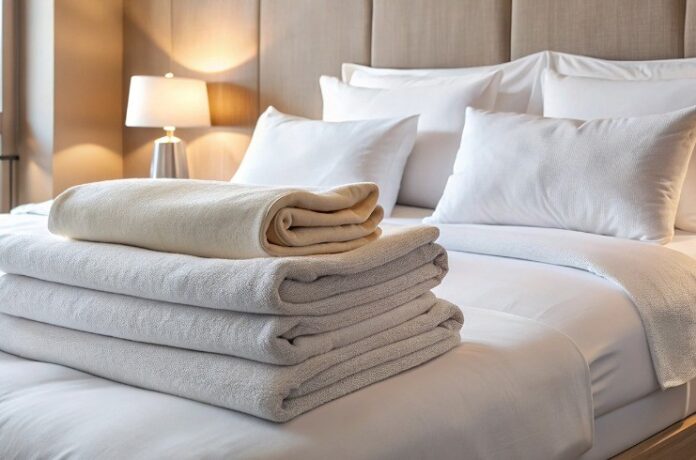
Aside from labor challenges, one of the greatest constraints that housekeeping managers often face is the lack of available, clean bed and bath linens when servicing guestrooms. Without these, no guestroom can be returned to clean and vacant status, ready for newly arriving guests. Linen is the most significant recycled inventory item managed by the housekeeping manager. Apart from personnel expenses, linen costs represent the highest expenditure in the housekeeping department. Let’s examine why so many lodging facilities get caught behind the proverbial “laundry eight ball.”
Constraints to Consider
There are numerous constraints that can inhibit the production and delivery of freshly laundered linens in a hotel. Limited laundry capacity, poor equipment maintenance, inefficient layout and design of the laundry itself, and understaffing all become bottlenecks in the operation of an on-premises laundry. For hotels that contract with off-premises laundry services, inclement weather, traffic challenges, delivery vehicle breakdowns, holidays, as well as “labor issues” from the servicing company, can result in an insufficient or delayed short-term linen inventory for the hotel. But this does not have to be the inevitable experience. The solution to the above challenges lies with the amount of linen inventory that a lodging facility chooses to invest in as a safeguard to weather such operational crises.
Linen Inventory Management
Inevitably, linen shortages occur when the inventory level for linens is set too low. Such shortages hinder the operations of the housekeeping department, cause delays for guests awaiting cleaned rooms, decrease the number of available rooms, and shorten the lifespan of existing linens due to increased laundering. While housekeeping operations are more efficient with high inventory levels, management may raise concerns about the inefficient use of linen and the excessive allocation of financial resources for a perceived overstock of supplies.
So, what is the optimal linen inventory level? The answer is four (or five) par of bed and bath linens. One par of linens equals the total number of each type of linen that is needed to outfit all guestrooms one time. In the recommended inventory level, one par is sitting in each guestroom, while the second par is being serviced in the laundry. Having recently been laundered, the third par is stored in linen storerooms on each guest floor or adjacent to the on-premises laundry to be used next in the guestrooms.
The fourth par, which is typically placed in a locked storeroom near housekeeping, is designated to augment the other pars, and is used to swap out torn, stained, or unserviceable guestroom linens on a piece-for-piece basis, using a linen discard record. These “discards” often become repurposed as engineering and culinary rags. For hotels that want some “peace of mind” insurance, they may choose to acquire a fifth par of linen to be held in reserve on the hotel premises in sealed boxes. This “emergency stock” ensures that a hotel will always have at least one additional day’s linen supply if the unexpected occurs.



